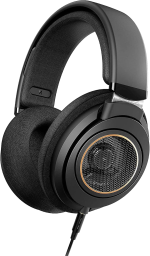- Jun 7, 2017
- 9,966
- Pool Size
- 29000
- Surface
- Plaster
- Chlorine
- Salt Water Generator
- SWG Type
- Jandy Aquapure 1400
My computer (i5/4th - 2014) is not Windows11 compatible. Since Windows11 is EOS next year, I am planning my replacement. I was thinking to build my own (i7/13th) which I used to do a lot. Are sound cards a thing anymore? I know all motherboards have built-in sound but was thinking to put in a sound card anyway. SoundBlaster cards are around $100. This isn't a budget build.
Main reason I ask is my son records voice-overs for YouTube videos and was complaining about his onboard sound quality so we'll probably get one for him just to see what it does.
Main reason I ask is my son records voice-overs for YouTube videos and was complaining about his onboard sound quality so we'll probably get one for him just to see what it does.







